
Diabetes is one of the medical topics that is constantly being researched. Every month dozens of new studies show us new aspects about the disorder that have never been reported before. As this body of knowledge keeps growing, it’s difficult to keep up with all these new findings. Yet, there may be one little finding that you miss that could have made the biggest difference in your condition.
A constant state of high blood sugar is the result of Diabetes Mellitus 2 (DM2). Your body cannot use the sugar that you eat the way it suppose to. Here a few reason why this occur .
1. Why Do I Have DM2?
There are many causes of type 2 diabetes. German doctors and researchers reported in 2018 in the BMC Med journal that it’s a loss of beta cell function that ultimately causes type 2 diabetes to develop. Lifestyle factors that result in a higher risk of beta-cell damage include the following:
- sleep deprivation
- air pollution
- smoking
- stress
- depression
- little physical activity
- low socioeconomic status
- eating too much process foods
Genetic predisposition partly determines whether or not you are susceptible to develop diabetes type 2 but two important drivers to this process are a sedentary lifestyle and poor diet. A poor diet creates vitamin and mineral deficiencies that result in poor nourishment to the internal organs, less oxygen in the arteries, poor heart and blood vessel function, more inflammation, and high levels of free radicals.
Researchers have found that those with insulin resistance, high levels of cholesterol, high blood pressure, gout, polycystic ovary syndrome, and women with a history of gestational diabetes (diabetes during pregnancy) are at greater risk to develop type 2 diabetes.
Many cases of T2DM could be prevented with lifestyle changes, report Harvard scientists, including maintaining a healthy body weight, consuming a healthy diet, staying physically active, not smoking and drinking alcohol in moderation.
On medical report from Lebanon links a vitamin D deficiency with the presence of type 2 diabetes. Another links the deficiency with the prevalence of peripheral neuropathy
2. Can Diabetes be Cured? Can Diabetes be Cured in 21 Days? Can Diabetes be Reversed?
These questions are asked frequently – and rightfully so. Everyone should know what to do for diabetes so that they can live a better, more productive life.
Doctors in the UK reported that they have determined the mechanism to cure diabetes. They discovered it by watching what happened to the metabolic abnormalities of diabetics who had bariatric surgery. With bariatric surgery, the fat levels in the liver fall within days and normal liver insulin sensitivity is restored. At the same time, blood glucose levels return towards normal. It still takes several months to restore the insulin sensitivity of the muscle but the continual loss of weight helps create the reversal of the diabetes.
The problem, they say, is when there’s a fatty liver. When this is present, there’s increased insulin secretion so that fat is still being deposited in the liver. As long as the fatty liver has not been there for a long time, this is reversible. When the insulin resistance in the muscle is eliminated, the whole problem of beta cell dysfunction is eliminated. By curing the insulin resistance, you can get a cure for diabetes. If it takes bariatric surgery for some people to do this, it’s possible that a cure can occur. But even it its not cure, it can be reversed.
Diabetic researchers from Japan, Cincinnati, and Miami have found that diabetes is reversible in animal studies when the immune system cells that attack the pancreas beta cells are suppressed. These T cells are suppressed by another type of cell called a monoclonal antibody. The scientists stated in their research that the treatment “can reverse new onset Type 1 diabetes.”
3. Can Diabetes Kill You?
Globally, the number of people with diabetes has quadrupled in the last three decades, reports Chinese researchers as well as Harvard researchers. Diabetes is the ninth major cause of death and it does kill people! About 1 in 11 adults worldwide now have diabetes and 90% of them have type 2 diabetes. The biggest epicenters for diabetes in the world are China and India.
Most patients with T2DM have at least one complication, and cardiovascular complications are the leading cause of morbidity and mortality in these patients. This means that many of them die from a heart attack or stroke.
However, it’s important to remember that complications such as kidney disease, fatty liver, cataracts, disability from peripheral neuropathy and others make the journey to the grave quite miserable.
4. How to Reverse Diabetes Permanently?
Although many studies show a temporary reversal of diabetes, none are currently showing a permanent reversal at this time – that we have found. This doesn’t mean that they are not out there; it simply means that we haven’t put in the hours it takes to track down all the studies. There are literally thousands of studies on diabetes.
The best results with patients who have type 2 diabetes has been to decrease weight to ideal body weight, exercise, eat a very healthy diet, and change all the rest of the lifestyle habits that contribute to causing diabetes. Being consistent in these habits has the most promise for reversing diabetes permanently.
5. How Long Does It Take for Hemoglobin A1c to Go Down?
In many studies, it’s common to see that Hemoglobin A1c levels fall with specific treatments. The amount of time depends on what type of treatment is given and how it works.
For example, in one study of 30 patients with type 2 diabetes, they received a treatment called EECP,which stands for External Enhanced Counter Pulsation. This is where cuffs are attached to the calves, thighs and buttocks and squeeze these muscles, pushing blood flow back to the heart. It clears out arteries from plaque, improves diabetes, creates new arteries for the heart, and increases blood flow to every organ. The patients received 35 treatments that were an hour long.
Even after 48 hours, there were changes of an 11% drop in Hemoglobn Alc. In 2 weeks, there was a drop in Hemoglobin A1c of up to 19.6%. This equates to a Hemoglobin A1c level that may be initially 7.0 falling to 5.69.or initially 8.0 falling to 6.1. The results were a drop of 14% that remained after 3 months.
6. What Foods to Eat For Diabetes
Foods and supplements that have been shown to improve blood sugar levels as well as diabetes include pomegranate, cactus fruit, cactus pads (nopals), beans, legumes, fermented foods, probiotics, cranberry juice, grapefruit juice, bell pepper juice, barberry juice, strawberries, blueberries, blackberries, omega 3 fats, beta-glucan supplements, magnesium supplements, vitamin D supplements, stevia, cherries, dietary protein, low glycemic index carbohydrate foods, bran, psyllium, acacia fiber, oats, nuts, sourdough bread, and quercetin supplements.
By no means is this list comprehensive!
7. What Foods to Avoid for Diabetes
The foods used to avoid when you have diabetes may be contradictory to what many dietitians tell their patients. This is unfortunate! Some will say that it’s okay to do sugar in moderation; but the problem is that it’s rare for a diabetic with a sweet tooth to do any sugar in moderation. Do you see the conundrum?
Sugar is one of the worst things for diabetics as it takes nutrients from the body and lowering nutrient levels only worsens diabetes. Specifically, B vitamins and minerals such as zinc and chromium are lowered when sugar is consumed.
Fried foods cause inflammation in the body, and inflammation worsens diabetes. Fried foods also increase free radicals in the body, which also worsens diabetes.
Foods with a high toxin load such as fruits and vegetables that have been contaminated with pesticides and chemicals increase stress on the body’s detoxification systems – and this can contribute to a worsening of diabetes.
Too many calories and too much fat can also worsen diabetes.
8. Can Exercise Reverse Diabetes?
Exercise can decrease body weight and therefore is one of the best things to do if you have diabetes. What the scientists have found is that to gain substantial health you need a minimum of 150 minutes of moderate or vigorous intense aerobic physical activity and muscle strengthening activities per week.
The positive effect of training correlates directly with the amount of fitness gained and lasts only as long as the fitness is sustained, say the researchers. No matter what age, you will benefit from exercise.
9. Which Exercise – Cardio or Weights – Will Help Diabetics?
Aerobic exercise – called cardio – plus lifting weights in has been proven to be more beneficial for those who are obese than either activity on its own. Doing both keeps the muscle mass high in the body, as decrease of muscle mass leads to frailty. The cardio activity helps the body’s endurance level and improves the ability to burn fat and utilize oxygen. You need all of these benefits to get the most out of exercise.
10. Will Losing Weight Reverse Diabetes?
It’s common for dietitians and nutritionists working in weight loss clinics to see a direct response that is positive on diabetes with weight loss. Specifically, even a drop of 10% in body weight will improve blood sugar levels as well as cholesterol levels.
11. Can Diabetes Go Away without Doing XYZ?
Diabetes can be reversed by a number of treatments, lifestyle changes, and diet changes. Exercise can contribute to the process but it may not be enough to reverse the diabetes.
Thus, this question really becomes “what does my body need to make my diabetes go away? Is it enough for me to exercise? (most likely not) Is it enough to change my diet and correct my deficiencies of vitamins and minerals? Is it enough for me to change my sleep patterns?”
Whatever the lifestyle habits are that are contributing to the diabetes, changing them helps. However, you will have to find your own recipe for your diabetes reversal.
12. What Happens If Diabetes Doesn’t Go Away?
Diabetes that is not attended to will worsen. The excess sugar that is in the bloodstream deposits itself into the tissues, such as the eyes, the nerves, the kidneys, the blood vessels and the heart. No part of the body is spared; thus all types of health issues will manifest – and worsen in time.
Many diabetics have depressed immune system function as well, which contributes to an increase in infections that can lead to amputation, sepsis or even death.
The road of life for diabetics is not a happy one. Do whatever you can to reverse this disease so you can stay happy in life. It’s just not worth it to not take any and all action on your part to beat it. Don’t depend on your doctors; they don’t have enough time to coach you about health!
Sources
Zheng, Y., Ley, S.H. and Hu, F.B. Global aetiologyand epidemiology of type 2 diabetes mellitus and its complications. Nat Rev Endocrinol 2018 Feb;14(2):88-98.
Kolb, H. and Martin, S. Environmental/lifestyle factors in the pathogenesis of diabetes. BMC Med 2017 Jul 19;15(1):131.
Issa, C.M. Vitamin D and type 2 diabetes mellitus.Adv Exp Med Biol 2017;996: 193-205.
He, R., et al. Vitamin D deficiency increases the risk of peripheral neuropathy in patients with type 2 diabetes. Diabetes Metab Res Rev 2017 Feb; 33(2).
Fletcher, B., et al. Risk factors for type 2 diabetes mellitus. J Cardiovasc Nurs 2002 Jan;16(2): 17-23.
Taylor, R. Pathogenesis of type 2 diabetes – tracing the reverse route from cure to cause. Diabetologie2008 Oct; 51(10):1781-9.
Sardina, P.D., et al. Enhanced external counterpulsation (EECP) improves biomarkers of glycemic control in patients with non-insulin dependent type II diabetes mellitus for up to 3 months following treatment. Acta Diabetol 2016 Oct;53(5):745-52.
Bednar, K.J., et al. Reversal of new-onset type 1 diabetes with an agonistic TLR4/MD-2 monoclonal antibody. Diabetes 2015 Oct;64(10)3614-26.
Villareal, D.T., et al. Aerobic or resistance exercise, or both, in dieting obese older adults. New Engl J Med 2017 May 18;376(20): 1943-55.
Francesconi, C., et al. Physical activity and exercise training in the prevention and therapy of type 2 diabetes mellitus. Wien Kin Wodherschr 2016 Apr;128 Suppl 2:S141-5.



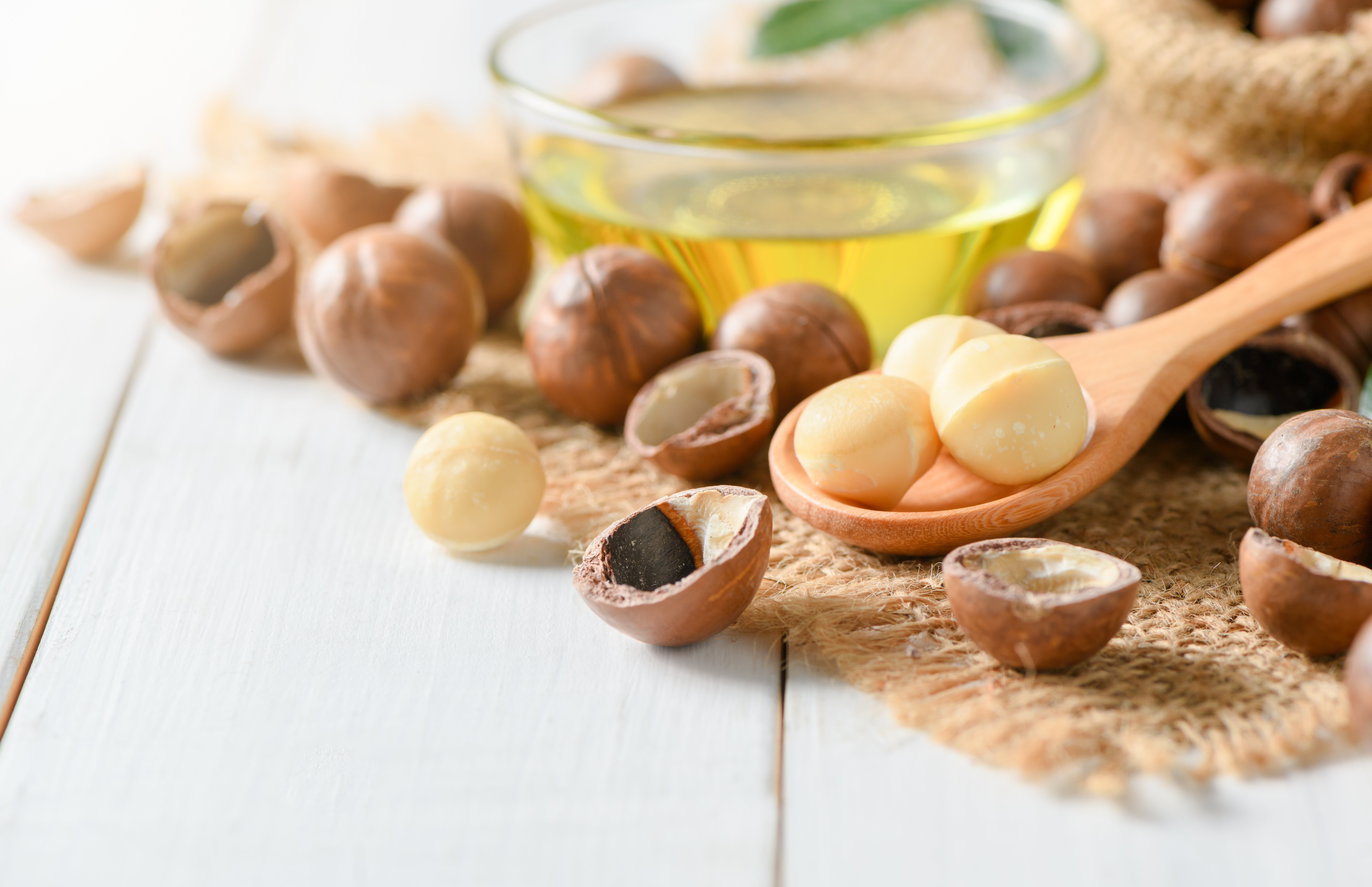
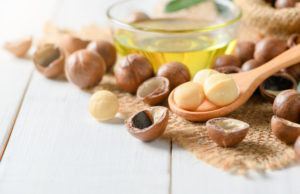

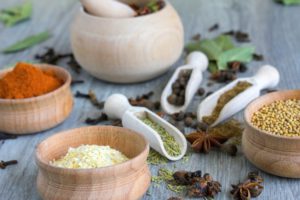
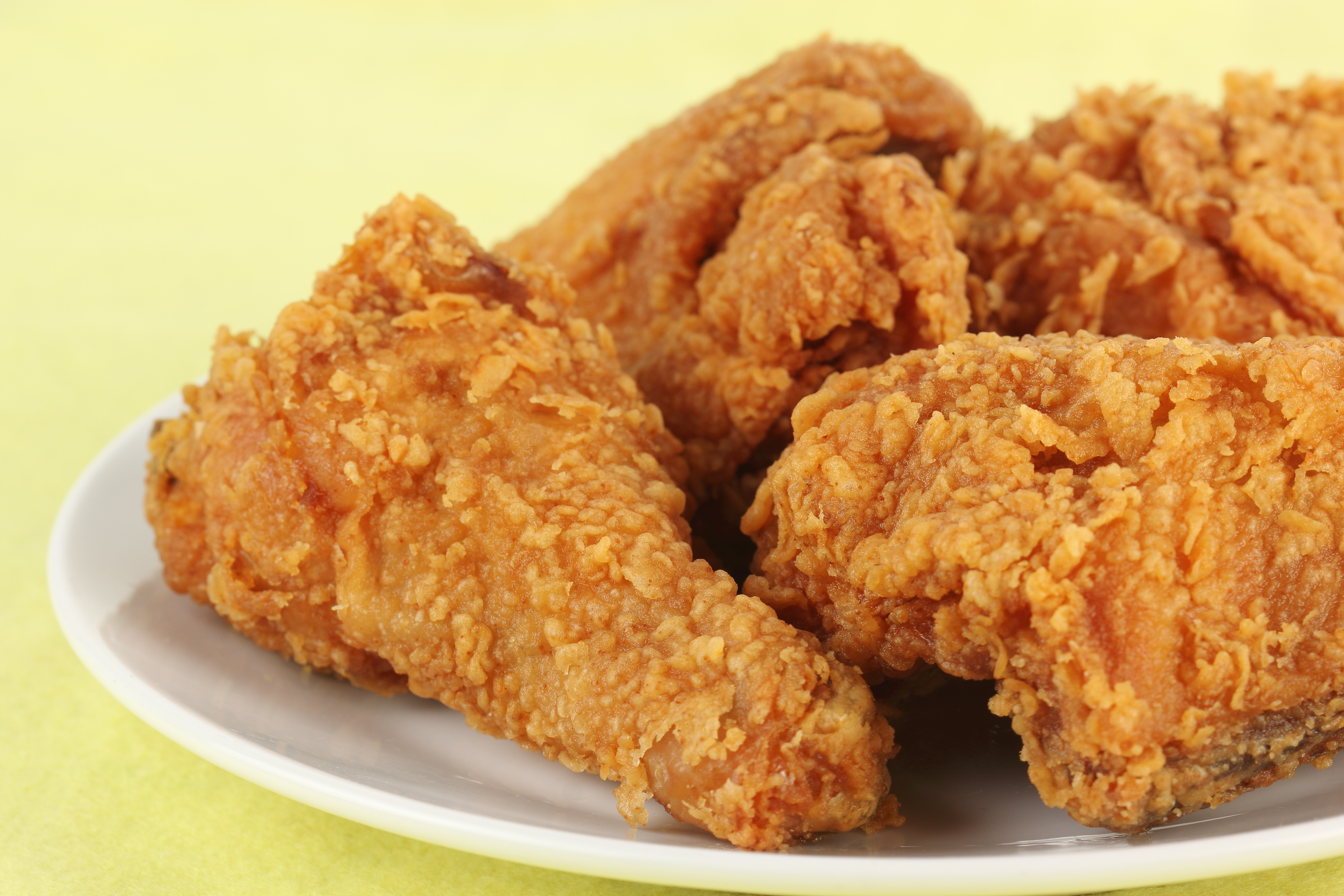

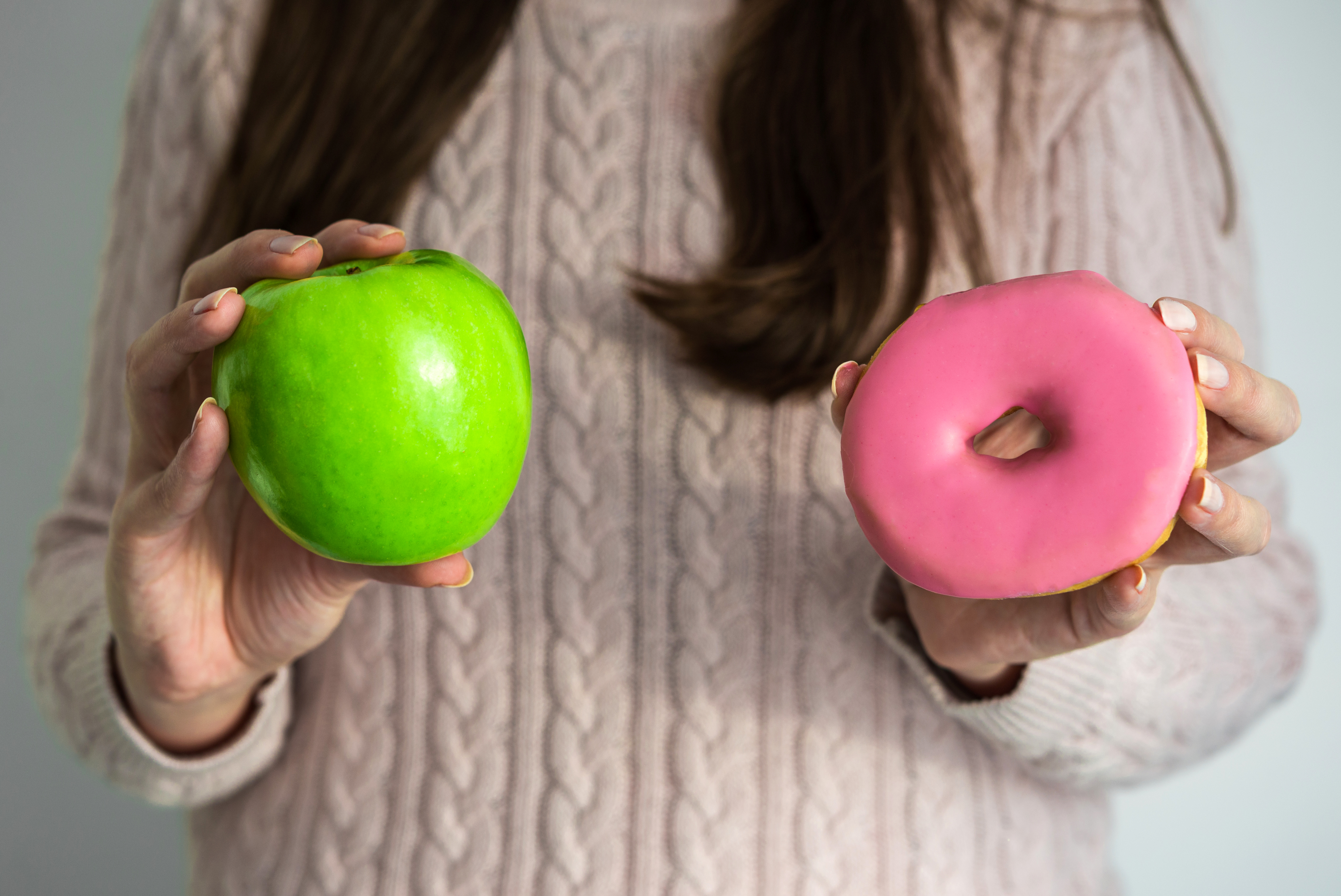





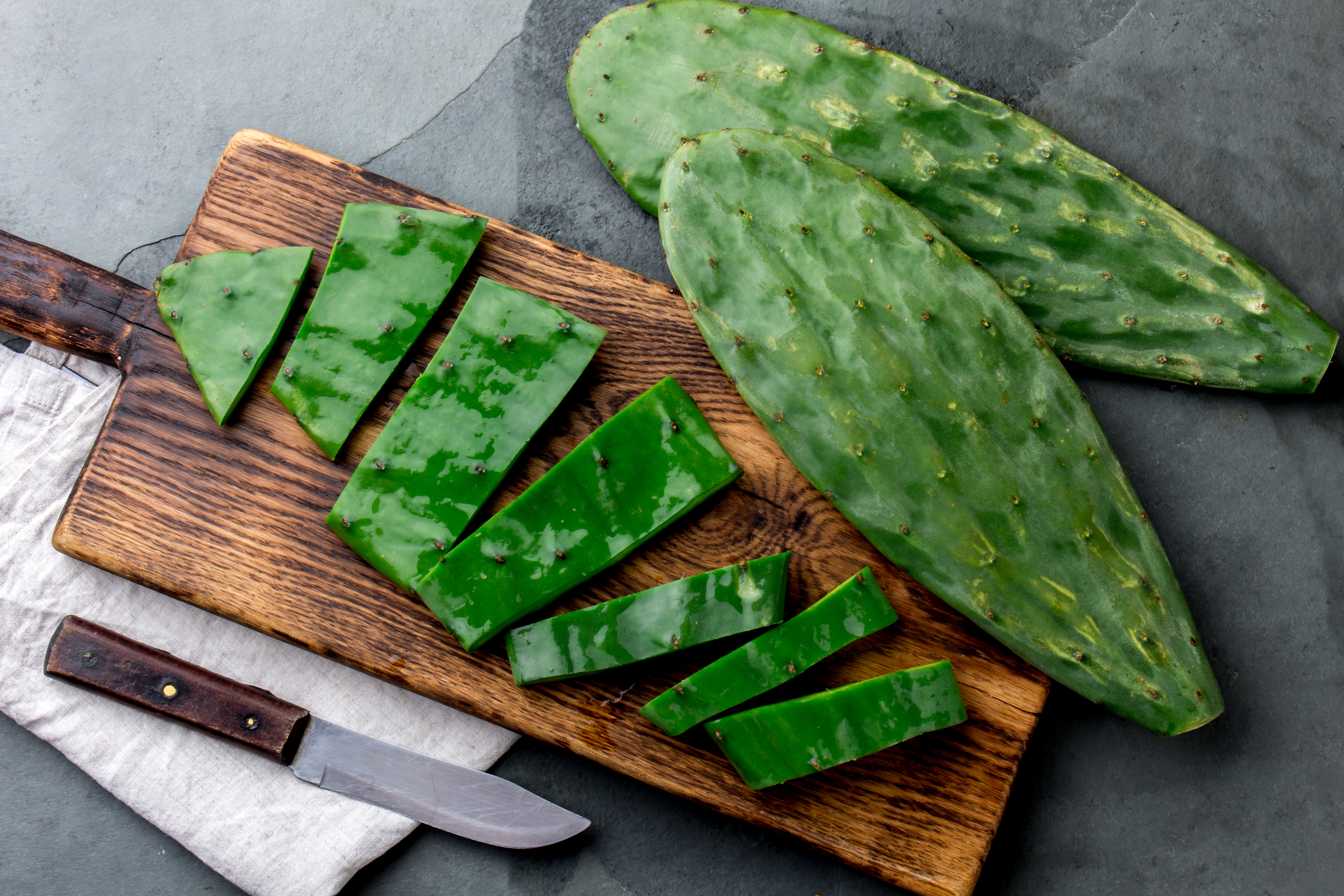

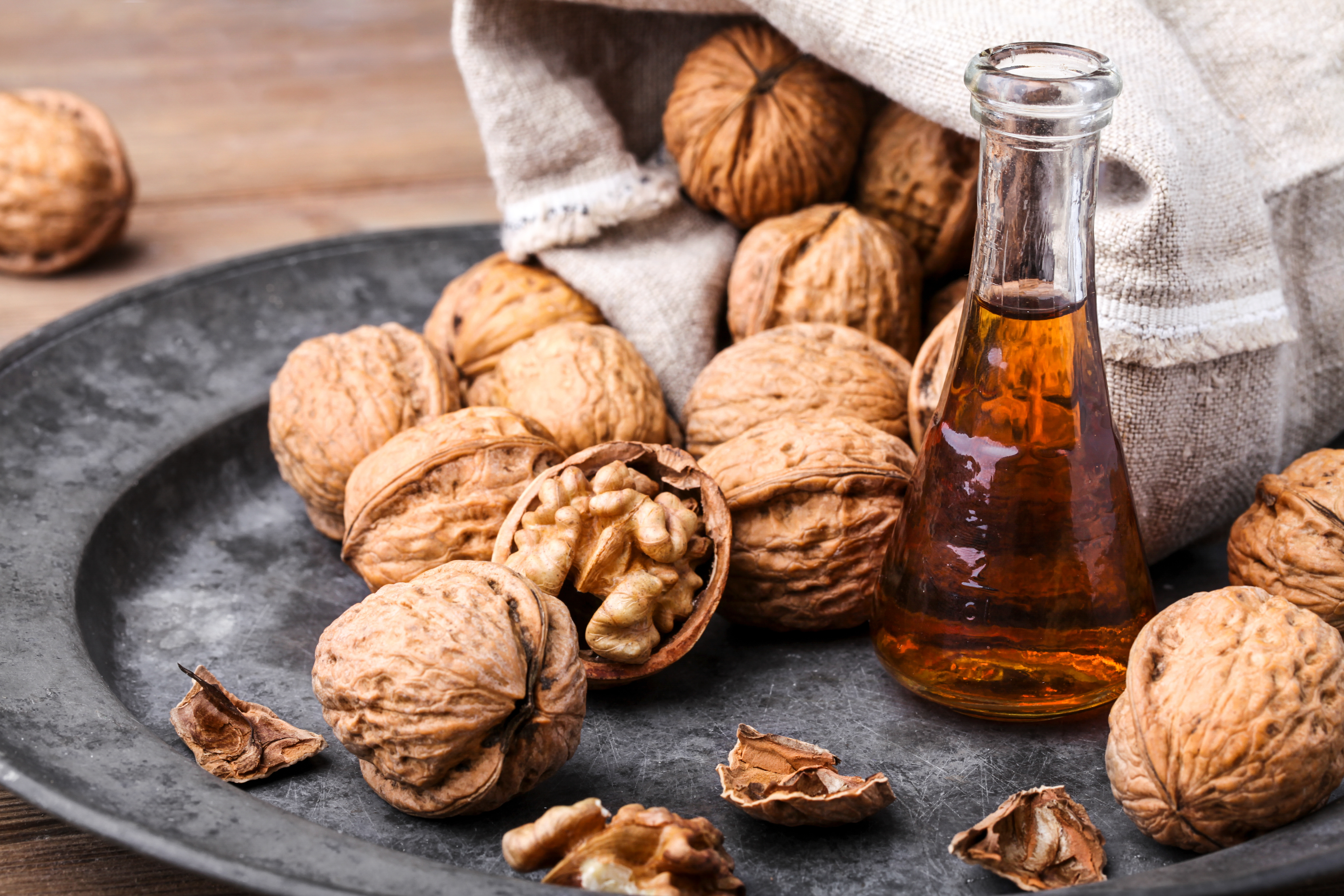
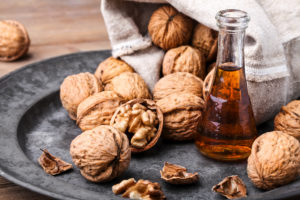 When it comes to oils, there are so many available options. Some are good for you and can help improve your heart health while others or not so good for you. Even if not edible, you can find other uses and benefits for the oil. But first, if you plan to use the oil for cooking, baking or splashing some on your salad you need to know if it will clog your arteries. As you know there is a very close relationship between the fats and oils in the food we love to eat and cardiovascular diseases such as stroke and heart attack. Some oils are better for you when not heated or when used for low temperature cooking.
When it comes to oils, there are so many available options. Some are good for you and can help improve your heart health while others or not so good for you. Even if not edible, you can find other uses and benefits for the oil. But first, if you plan to use the oil for cooking, baking or splashing some on your salad you need to know if it will clog your arteries. As you know there is a very close relationship between the fats and oils in the food we love to eat and cardiovascular diseases such as stroke and heart attack. Some oils are better for you when not heated or when used for low temperature cooking.